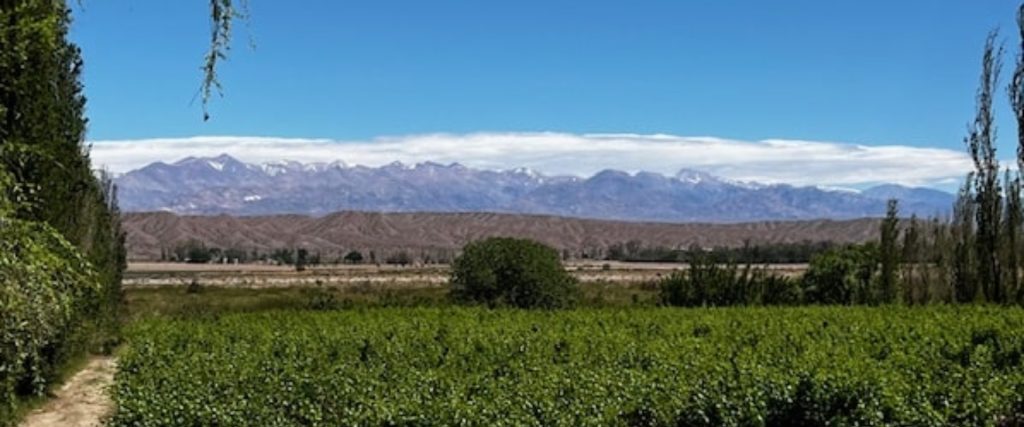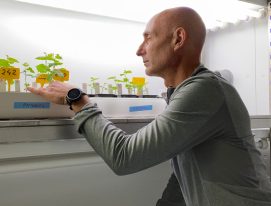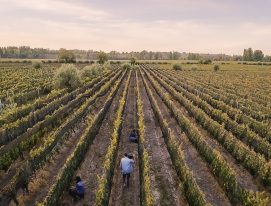San Juan is mountainous territory. A province ranged at the foot of the Andes, its viticultural industry dates back to the 18th century and today is the second largest province in Argentina in terms of surface area under vine and wine production. With a series of valleys harboring 25 Geographic Indications (G.I.s), San Juan is beginning to make a name for itself thanks to its history and diversity.
Although the wine industry was historically mainly driven by demand for table wines and concentrated must, today the province has significantly changed its focus “You’ll find everything from young, fruity, simple wines designed to be consumed within the year from the lower valleys to wines of great complexity, texture and elegance from the higher areas like the Pedernal and Calingasta Valleys,” says Paula González, the oenologist at Pyros Wines.
In addition to traditional grapes, there is an effort to experiment with less well-known varieties and innovative winemaking methods. “The wines of San Juan are earning recognition in international markets with a focus on promoting the characteristics that distinguish them from other regions in Argentina,” says Juan de Dios Giacalone, head of sales at Bodega Xumek who are located in the Zonda Valley.
The Pedernal Valley, a high-altitude sea
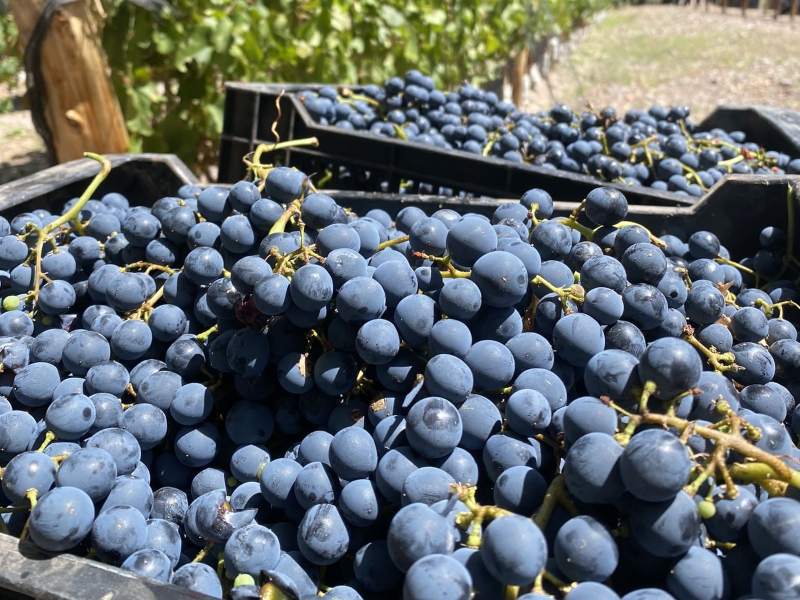
The Pedernal Valley has been a G.I. since 2007 and is located to the southwest of the province, 60 miles from the city of San Juan. “Pedernal is the only oceanic calcareous terroir in Argentina and one of the few that exist in the world along with Burgundy in France and Tuscany in Italy. Our soils are calcareous clay of oceanic origin, the only soils of their kind in Argentina and they give our Malbec, Pinot Noir and Chardonnay a world class character,” says Martín Azcona, the oenologist at Bodega Familia Azcona, who were pioneers in the valley.
Soils of maritime origin composed of limestone, dolomite and black flint formed over 484 million years ago lie at the heart of this area of San Juan, which is increasingly winning international recognition.
The Calingasta Valley, modernity and tradition
Stretching about 70 miles between the Andes and the foothills, this valley is typically planted with the native local varieties. In addition to Moscatel Blanco, Torrontés Sanjuanino and Listán Prieto, today one finds Malbec and Cabernet Sauvignon at heights of between 4200 and 5700 feet.
“I think that today consumers pay more attention to specific areas and locations. We work with and try to understand each landscape, each micro-valley formed by the three rivers that flow through our department. The environmental conditions are ideal for grapes and the wines have unique characters. Then there’s the enormous potential of the viticultural heritage, lovely centennial vineyards with native varieties next to modern vineyards with international varieties,” says Simon Tonello, the farmer and owner of 35.cinco Vinos de Montaña.
The wineries of San Juan are investing in modern winemaking technologies and sustainable practices which improve quality and efficiency in winemaking. “We’re investing in irrigation systems, improving our water use and sustainability over time. We’re also planting new varieties to adapt to the needs of the market,” says Silvina Montalvo, the owner of Sorocayo, a winery located in Paraje Sorocayense in Calingasta.
The Zonda Valley, the new terroir on the block
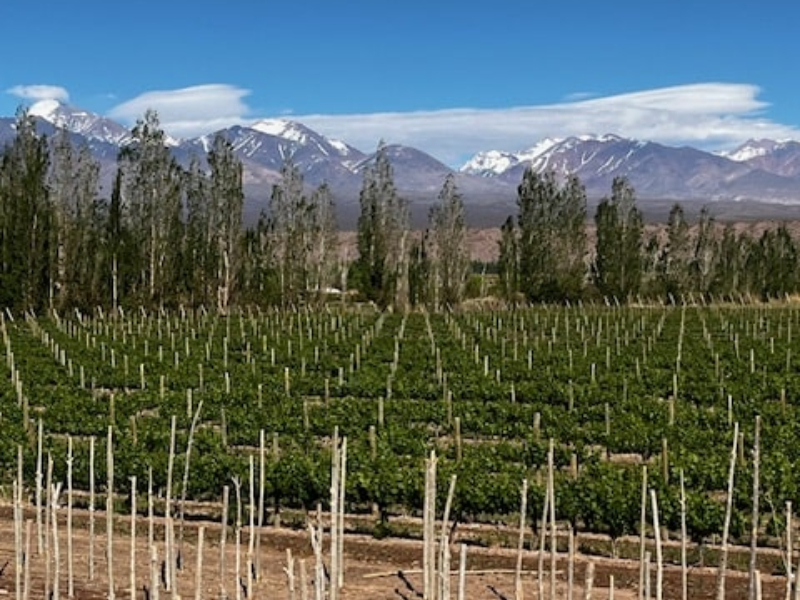
The most recently declared Geographic Indication, which came into being in 2024, is La Ciénaga in the Zonda Valley. “We worked on soil samples and studies, saw the calcareous potential of the terroir and the extensive thermal range. That persuaded us to plant 50 hectares initially at a height of 5700 feet in a micro-parcel with exceptional characteristics,” says Ezequiel Eskenazi Storey, the President of Bodega Xumek, who also campaigned for the new GI.
Here, snowmelt water arises from a spring and so the vines are irrigated by gravity. After flowing down the Andes along underground channels, it crashes against a geological barrier in the foothills to create a 20 hectare marsh. In this extreme vineyard the average temperature is much lower than at the mouth of the valley. The extensive thermal range and cool wind from the south create a special microclimate that ensures great concentration in the grapes, wild aromas and excellent natural acidity.
The future
“San Juan is adopting advanced viticultural techniques with a clear focus on sustainability and growth in wine tourism. In addition, as the quality of the wines improves and San Juan wineries do well and win prizes at competitions, the reputation of the province as a high-class wine producer is continually growing,” says Giacalone.
Looking to the future, Azcona concludes: “Today San Juan is on a path to rediscovery by the world of wine, led by young makers and new projects that are generating great enthusiasm and excitement among wine lovers. San Juan wines are united by the common threads of high quality and innovation.”

